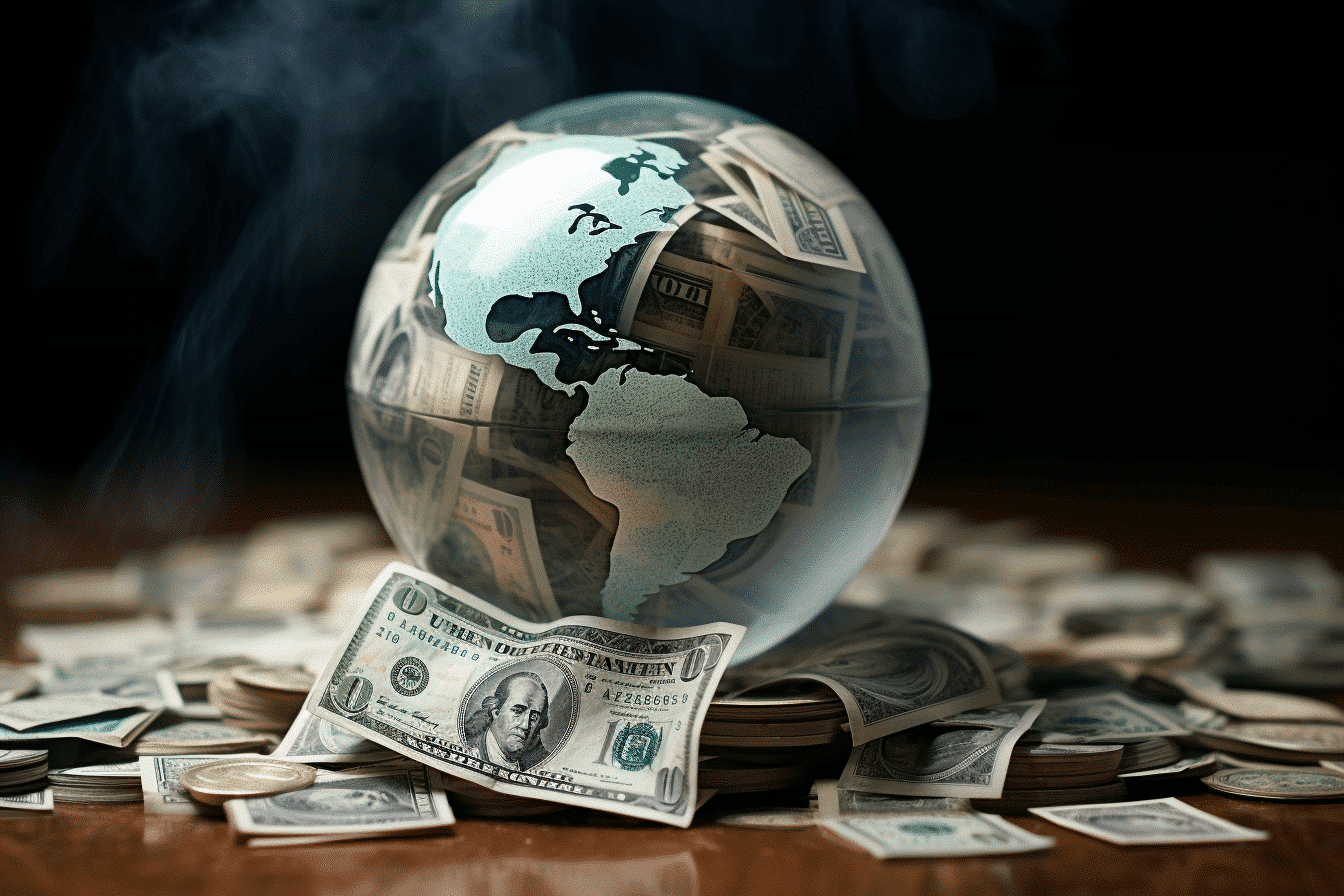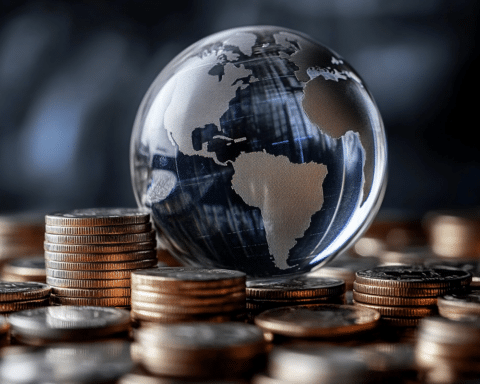In a recent report, the World Bank has issued a stark warning about the global economy, forecasting it to experience its weakest growth since the pandemic. The predicted growth rate for 2024 stands at a mere 2.4%, a figure that hasn’t been this low outside of pandemic times since the financial crisis of 2009-09.
A significant factor contributing to this sluggish growth is the rise in interest rates, a move that has been instrumental in curbing inflation but has also slowed down economic activity. Additionally, ongoing conflicts in Ukraine and the Middle East are exerting further pressure on global trade and investment, creating a challenging environment for sustained economic growth.
The resilience of the American economy has been a bright spot, with growth last year reaching 2.6%. However, this has done little to offset the broader global trend of economic stagnation. Developing countries, in particular, are facing severe challenges, grappling with high levels of debt and limited access to food, a situation affecting nearly one-third of the world’s population.
Geopolitical risks have also escalated, particularly in light of the Israel-Hamas conflict. The disruption to key shipping routes, especially in the Red Sea, has exacerbated inflationary pressures, impacting the global supply chain and contributing to rising prices in essential commodities.
Central banks globally are nearing success in their fight against the cost-of-living crisis, with inflation rates approaching the 2% target in major economies like the US, UK, and Eurozone. Despite this progress, the higher interest rates in these economies have made borrowing more expensive for poorer countries. The World Bank has expressed specific concern regarding the affordability of these rates for the world’s 75 poorest countries.
This economic disparity is further highlighted by projected income levels. By the end of 2024, advanced economies are expected to have surpassed their pre-COVID per capita income levels. In contrast, individuals in emerging economies may only reach 75% of their pre-pandemic income levels, with the poorest countries potentially falling as low as 66%.
The global food crisis remains a significant concern, particularly for the world’s poorest populations. The sharp 27% increase in rice prices, partly due to export restrictions by India, has heightened these worries. However, the availability of other crops like grains offers a glimmer of hope, with average food prices projected to decline by 1% this year.
China, the world’s second-largest economy, is experiencing its own set of challenges. A combination of consumer spending reluctance and issues in its property sector has led to a forecasted growth of just 4.5%, well below the government’s modest 5% target. This slowdown, influenced by factors like an aging population and long-term developmental challenges, presents a significant obstacle to economies that heavily rely on trade with China.
The World Bank’s projection paints a sobering picture of the global economic landscape. The period leading up to the end of 2024 is poised to be the slowest half-decade of growth in 30 years. However, there is hope that this trend can be reversed if governments globally focus on encouraging private sector investments, particularly in areas critical to future sustainability like climate change and energy transition.




